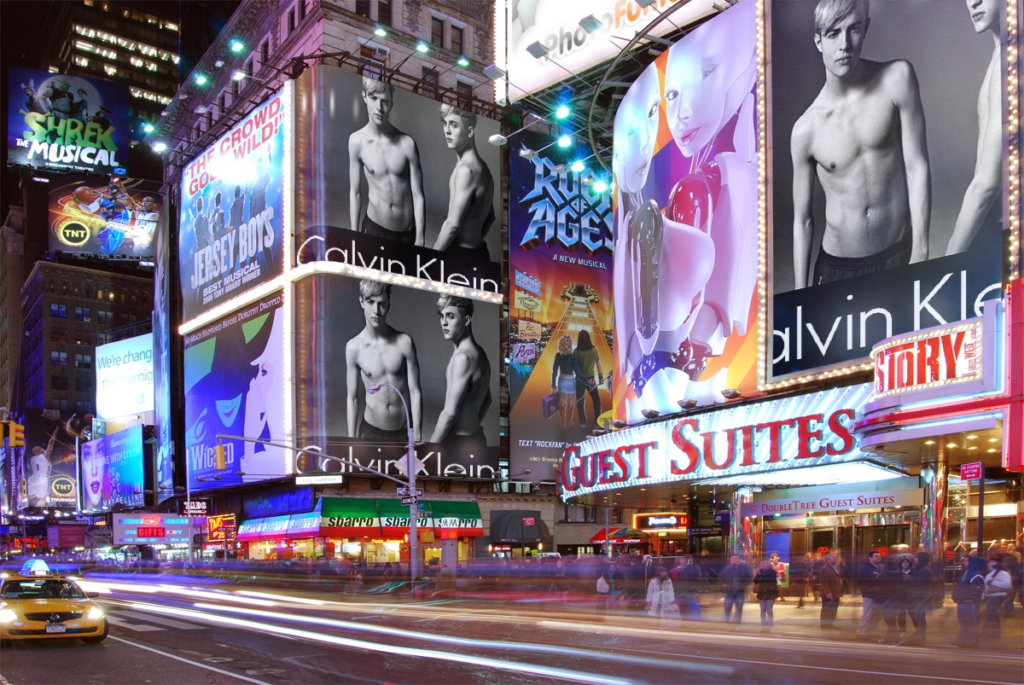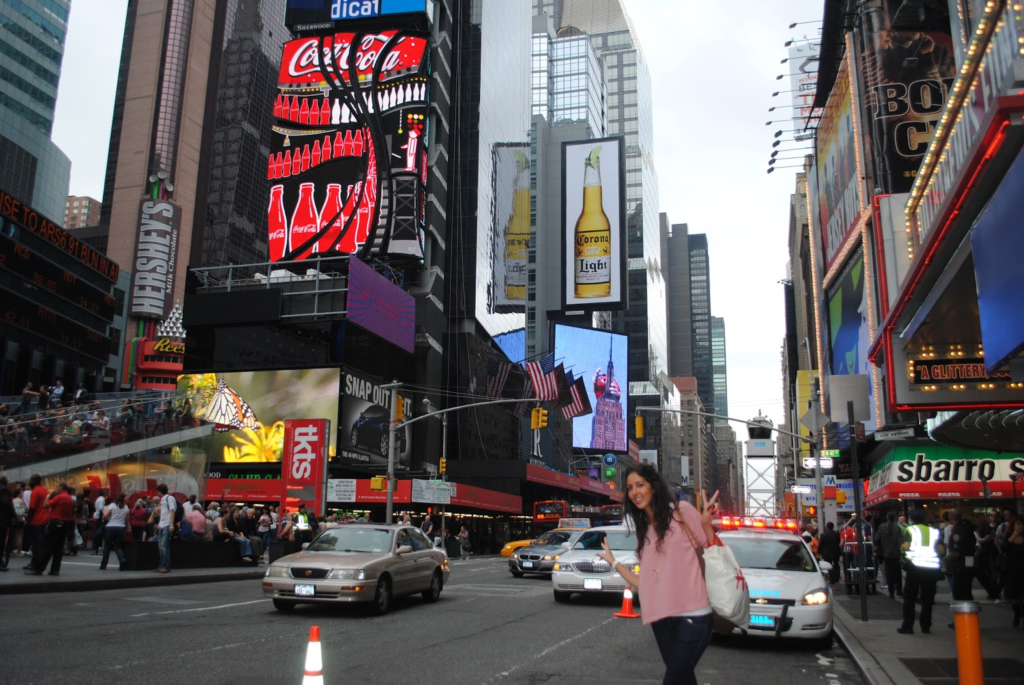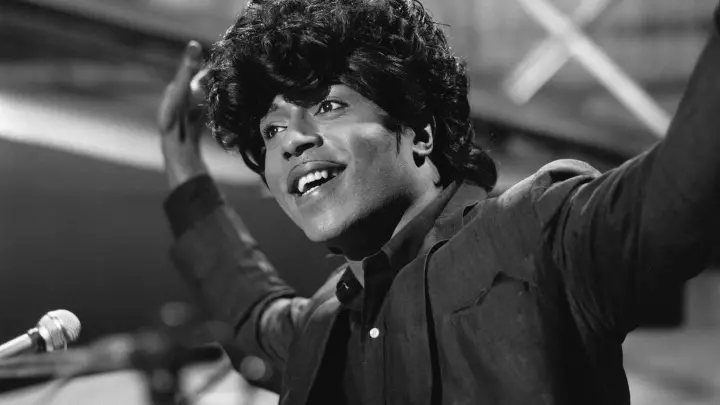Introduction to Controversial Advertising
Controversial advertising is a strategy that leaves people talking—and often debating. But why do brands break the tightrope of controversy when it can easily backfire? The answer lies in the power of stirring emotions. When an ad crosses the line, it’s like throwing a stone into a calm pond; the ripples spread quickly, sometimes achieving widespread awareness.
What Is Controversial Advertising?

Controversial advertising uses shocking, divisive, or bold messages to draw attention. These ads touch on politics, gender roles, societal norms, or religion. Designed to spark conversations, such ads can push boundaries and challenge what’s considered acceptable while staying in our minds.
History of Controversial Advertising
Controversial advertising isn’t new. Since the 20th century, brands have employed bold marketing tactics, sometimes skirting the edge of decency to generate buzz. For example, Benetton’s infamous ads in the 1990s sparked global debates, proving that controversial ads can become a cultural phenomenon.
Why Brands Choose Controversial Ads
So, what’s the motivation? Brands take the risk with controversial advertising for visibility. In a crowded market, standing out is essential, and controversy guarantees attention. Think of it like lighting a match in a dark room; people will notice. Brands know that even adverse reactions can drive engagement, as people will likely remember the brand that dared to be different.
Psychological Impact on Consumers
Controversial ads work because they elicit strong emotions—shock, anger, excitement, or curiosity. These emotions can create lasting impressions, influencing how people perceive a brand. By evoking such feelings, brands tap into the psychological principle that emotional memories are more potent than neutral ones.
Controversial Ads: A Risky Gamble?

When brands venture into controversial territory, they walk a fine line. Success can bring significant visibility and loyalty, but failure can lead to boycotts and brand damage. It’s a calculated risk requiring brands to weigh rewards against backlash.
Types of Controversial Advertising
- Shock Advertising: Ads that use disturbing images or messages to catch attention.
- Provocative Humor: Humor that may offend certain groups but appeals to others.
- Sex Appeal: Using explicit content to spark interest.
- Taboo Topics: Ads that touch on sensitive social issues, like politics or religion.
Ethical Considerations in Controversial Ads
The ethics of controversial advertising are a hot topic. Should brands prioritize attention over moral considerations? Some argue that brands exploiting sensitive issues are irresponsible, while others believe controversial ads help raise awareness. The ethical line in advertising remains highly subjective.
Case Studies: Success Stories
- Nike’s “Just Do It” with Colin Kaepernick: Nike supported the NFL player’s protest against racial injustice. The ad polarized viewers, but Nike’s stock rose, and sales increased, demonstrating that aligning with a cause can resonate with audiences.
- Dove’s “Real Beauty” Campaign: Dove challenged beauty norms, sparking self-esteem and body positivity conversations. This controversial yet empowering approach fostered brand loyalty and encouraged positive change.
Case Studies: Ads That Backfired
- Pepsi’s Protest Ad with Kendall Jenner: Pepsi aimed to support social movements but missed the mark, receiving backlash for trivializing severe issues. The ad was pulled, and the brand faced criticism for insensitivity.
- Gilette’s “The Best Men Can Be”: Gilette’s campaign tackling toxic masculinity sparked mixed reactions. While some praised the brand for addressing an important issue, others felt it alienated a segment of its audience.
The Role of Social Media in Amplifying Ads
Social media amplifies controversial ads like never before. A provocative ad can go viral, attracting massive attention in hours. However, this also means backlash spreads just as quickly. The power of social media makes controversial advertising a double-edged sword for brands.
Regulatory Responses to Controversial Ads

Governments and advertising authorities often intervene when ads cross certain lines. Countries have different regulations regarding advertising, and controversial ads can face censorship or outright bans. For instance, the UK has guidelines to prevent offensive ads and hold brands accountable.
Public Reactions: Why People Get Upset
People react strongly to controversial ads when they feel their beliefs, values, or identities are attacked. Controversial ads that touch on social issues are more likely to provoke anger or offense because they directly challenge societal norms.
Is Controversial Advertising Effective?
Effectiveness depends on the brand’s goals. For those looking to gain attention, controversial ads can be highly effective. However, this strategy risks alienating certain audiences. Controversial ads are like walking on a tightrope—if balanced well, they lead to memorable campaigns; if not, they can plunge a brand into crisis.
Conclusion
Controversial advertising continues to be a popular strategy despite its risks. It’s not for every brand, but those willing to gamble may achieve lasting impact. The key to success lies in understanding the audience, having a clear message, and knowing when to pull back.



